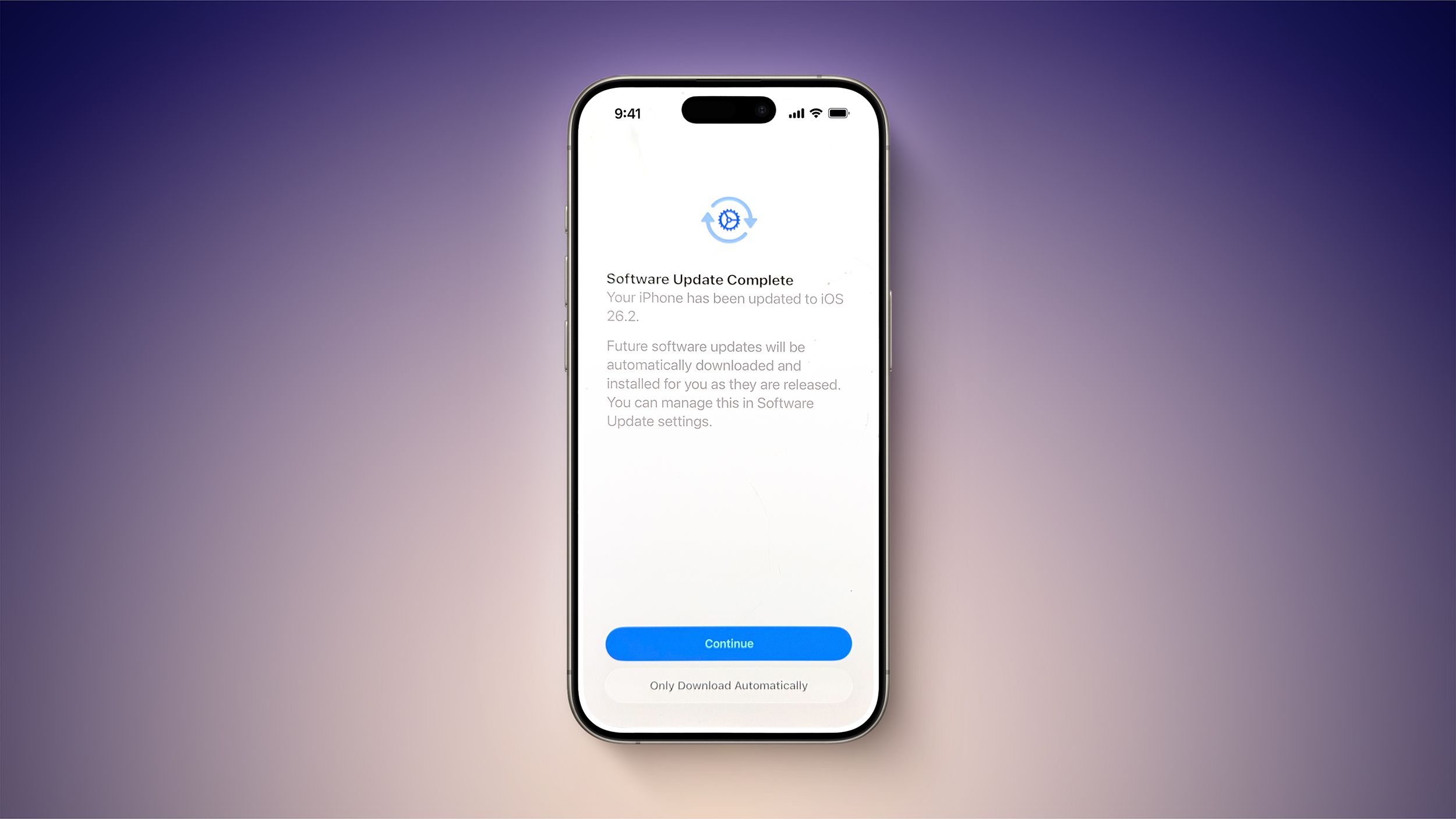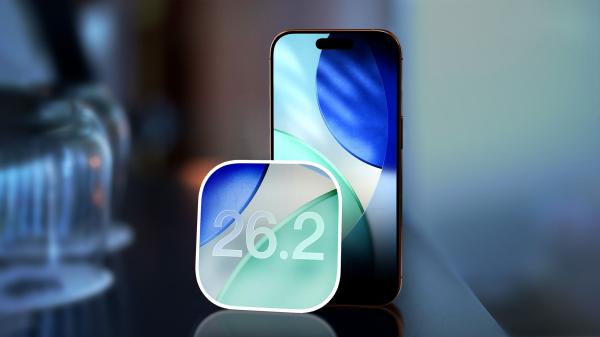In a world increasingly dominated by digital solutions, Apple Pay has emerged as a frontrunner in the realm of mobile payment systems. Since its grand unveiling in 2014, Apple Pay has not only transformed how transactions are conducted but also set new benchmarks for security, convenience, and innovation in digital payments. This article delves into the interesting journey of Apple Pay, tracing its evolution from inception to its current standing in the global market.
The Launch of Apple Pay
Apple Pay was officially announced on 9 September 2014, during an Apple event that captured the attention of the tech world. Marketed as a revolutionary mobile payment system, Apple Pay promised to redefine the way consumers interacted with their finances. Initially designed for the iPhone 6 and 6 Plus, Apple Pay utilised Near Field Communication (NFC) technology, a Secure Element chip, and the Touch ID fingerprint sensor to ensure secure transactions. The service was soon extended to the Apple Watch, enabling compatibility with older iPhone models such as the 5, 5c, and 5s which allowed seamless integration across devices.
Key Milestones and Updates
From its debut, Apple Pay has witnessed a series of significant updates and geographic expansions, each marking a new chapter in its evolution. By 2015, the service had crossed the Atlantic, launching in the UK, Australia, and Canada, thus extending its reach and influence. In February 2022, Apple introduced the "Tap to Pay on iPhone" feature, allowing users to accept payments directly on their phones without needing additional hardware. This innovation was a testament to Apple's ongoing dedication to enhancing user convenience and accessibility. Despite discontinuing the Apple Pay Later feature in 2024, Apple maintained its commitment to flexible payment solutions by supporting services like Klarna and Affirm.
Adoption and Impact
The adoption of Apple Pay has been nothing short of remarkable, reflecting a broader shift towards digital payment solutions that prioritise convenience and security. By its tenth anniversary, Apple Pay had captured a significant 5.6% share of the global market, demonstrating robust growth of 41% between 2022 and 2024. Now available in over 70 markets worldwide, Apple Pay's global appeal is evident, with consumers and retailers increasingly embracing its efficient payment solutions.
Apple Pay's versatility is a key factor in its widespread adoption. It is seamlessly integrated across Apple's ecosystem, which allows users to make payments via iPhones, iPads, Apple Watches, and Macs. Significantly, Apple Pay has also made inroads into the world of online casinos, where security and ease of use are paramount. Many online casinos now accept Apple Pay, providing players with a convenient way to deposit funds and engage in gaming activities without the hassle of entering card details repeatedly. This inclusion reflects the broader trend of digital wallets becoming a preferred method for online transactions, mainly due to the security and speed that they offer.
Apple Pay in the Competitive Landscape
In the fiercely competitive realm of digital wallets, Apple Pay stands out due to its seamless integration with the Apple ecosystem and its unwavering commitment to security. One of its standout features is the tokenisation of credentials, which simplifies online and in-app transactions by replacing sensitive information with unique digital tokens. This approach not only enhances security but also streamlines the payment process, setting Apple Pay apart from competitors like Google Pay and Samsung Pay. Furthermore, Apple's strategic partnerships with major financial institutions such as American Express, Mastercard, and Visa have bolstered its credibility and reach.
Challenges and Criticisms
Despite its success, Apple Pay has faced its share of challenges. Market penetration remains a hurdle in certain regions, where local payment solutions and regulatory issues pose obstacles. Technical issues, while rare, have occasionally marred the user experience. Additionally, critics often point to the limited availability of certain features in specific regions as a constraint. However, Apple continues to address these issues through continuous updates and improvements, demonstrating a commitment to enhancing the user experience and expanding its reach.
The Future of Apple Pay
Looking ahead, Apple Pay is poised for further innovation and expansion. With forthcoming updates in iOS 18, iPadOS 18, and macOS Sequoia, users can expect enhanced features such as redeeming rewards and accessing payment instalments. These updates signal Apple's intent to remain at the forefront of digital payment solutions, driving the future of transactions in an increasingly digital world. Furthermore, Apple's ongoing efforts to expand its services to emerging markets and develop new partnerships such as allowing users to add Emburse cards to their Apple Wallet underscore its ambition to cement Apple Pay's position as a global leader in the fintech landscape.
Conclusion
Apple Pay's journey from its launch to its current stature is a testament to Apple's vision of creating a secure, user-friendly payment system that meets the evolving needs of consumers and businesses alike. As it continues to innovate and adapt, Apple Pay will undoubtedly remain at the forefront of digital payment solutions, shaping the way we transact in an increasingly digital world. Its impact has been profound, and its future promises even greater advancements in the realm of mobile payments.















